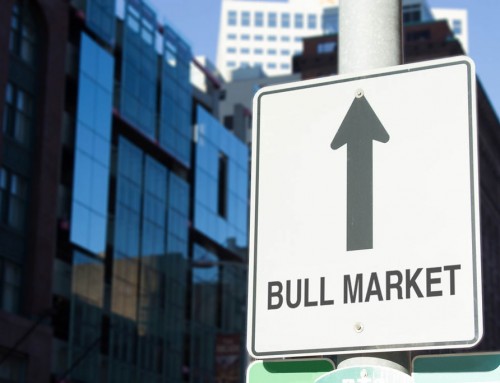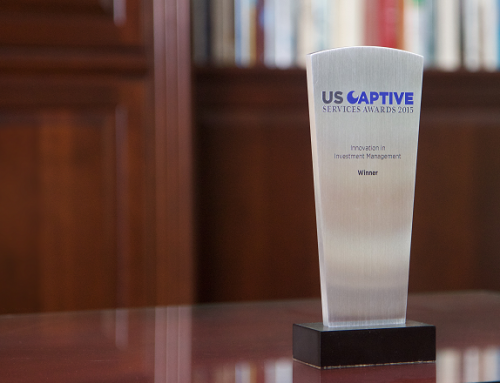Will My Cash Be Trapped?
This is a common question asked by many prospective captive owners. Therefore, it is critically important to captive owners to have an efficient captive investment strategy. Not surprisingly, captives continue to maintain very low-risk investment strategies with the bulk of investment assets held in fixed income and cash.
According to the most recent survey, the average asset allocation is as follows:
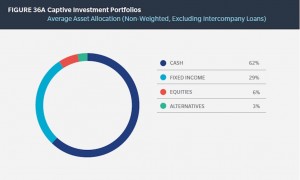
Generally, the investment portfolio is designed to capture investment yield while maintaining adequate cash for liquidity and working capital. In fact, the portfolio looks similar to traditional insurance companies' portfolios dominated by fixed income investments. In the case of captives, fixed income investments are likely tied to the captive's long-tail liabilities. Maintaining significant cash and cash equivalents point to captives' need for liquidity. According to the study, only 6% of captives are investing in equities and 3% in alternative investments. While captives tend to be conservative in their investment objective, some captive portfolios display a wider range of investment strategies. While many captives invest exclusively in cash and cash equivalents, others employ much larger allocations to equity (30%+) and alternative investments, which include hedge funds and private equity investments.
Intercompany Loans
Since the credit crisis, captives that have a parent company have invested approximately one third of investments toward loans to their parent company or other intercompany investment. Prior to 2008, many more captives were invested in equities. The motivation behind intercompany investments with the parent entity or affiliates is to minimize the cost of capital employed in the captive and enhance the parent company's liquidity. Reinjection of resources to the operations of the parent company is also a side effect of the current low interest rate environment. Further, the parent company has greater control over the captive’s invested assets. That said, Marsh has observed a reduction in the amount of intercompany loans in recent years citing regulatory influences and Solvency II.
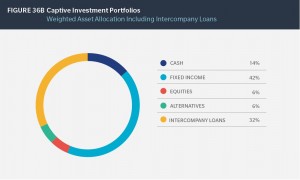
How The Captive Portfolio Changes with Size
The investment objectives of captive insurance companies change as the captive grows. Newly established captives frequently maintain cash and cash equivalents in the form of money market funds. Once adequate reserves are established, the captive may begin conservatively investing in US Treasury bonds. Larger captives are more likely to take on additional investment risk in the form of equities and alternative assets.
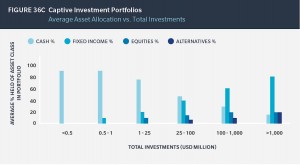
Additional Factors
There are also differences based upon domicile, region, and industry.
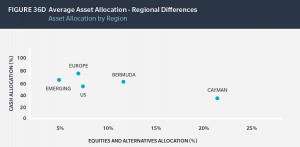
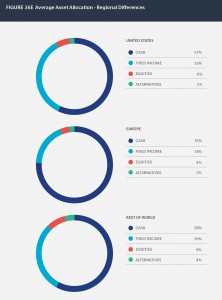
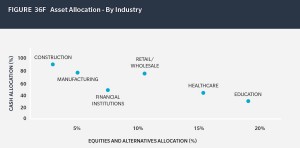
Investment Outlook
Looking at traditional insurers, Goldman Sachs Asset Management (GSAM), in its sixth annual insurance survey, questioned 317 Chief Investment Officers (CIOs) and Chief Financial Officers (CFOs), representing over $10 trillion in global balance sheet assets. Over 80% of insurers anticipate an increase in 10-Year US Treasury yields and 88% of insurers believe S&P 500 Index returns will be positive in 2017. Further, insurers expressed a more optimistic view of investment opportunities with a modest inclination to increase overall portfolio risk, expressing views to increase equity and credit risk. This year's survey has come in line with our positive thinking as we published our bullish outlook last year. At Runnymede, we take pride in actively managing risk of captive investment portfolios by adjusting the asset allocation and individual positions.
What does the investment portfolio of your captive insurance company look like? Has your outlook and allocation changed over the past 12 months? Please leave a comment.


